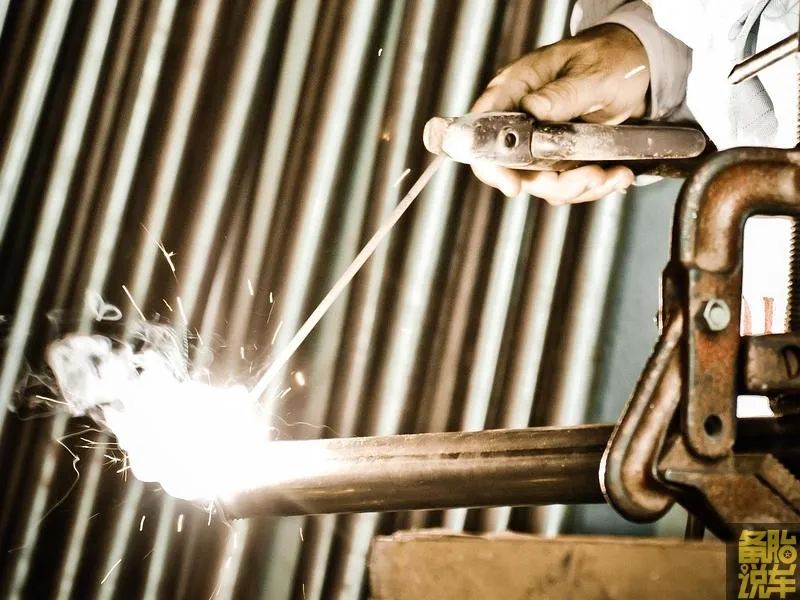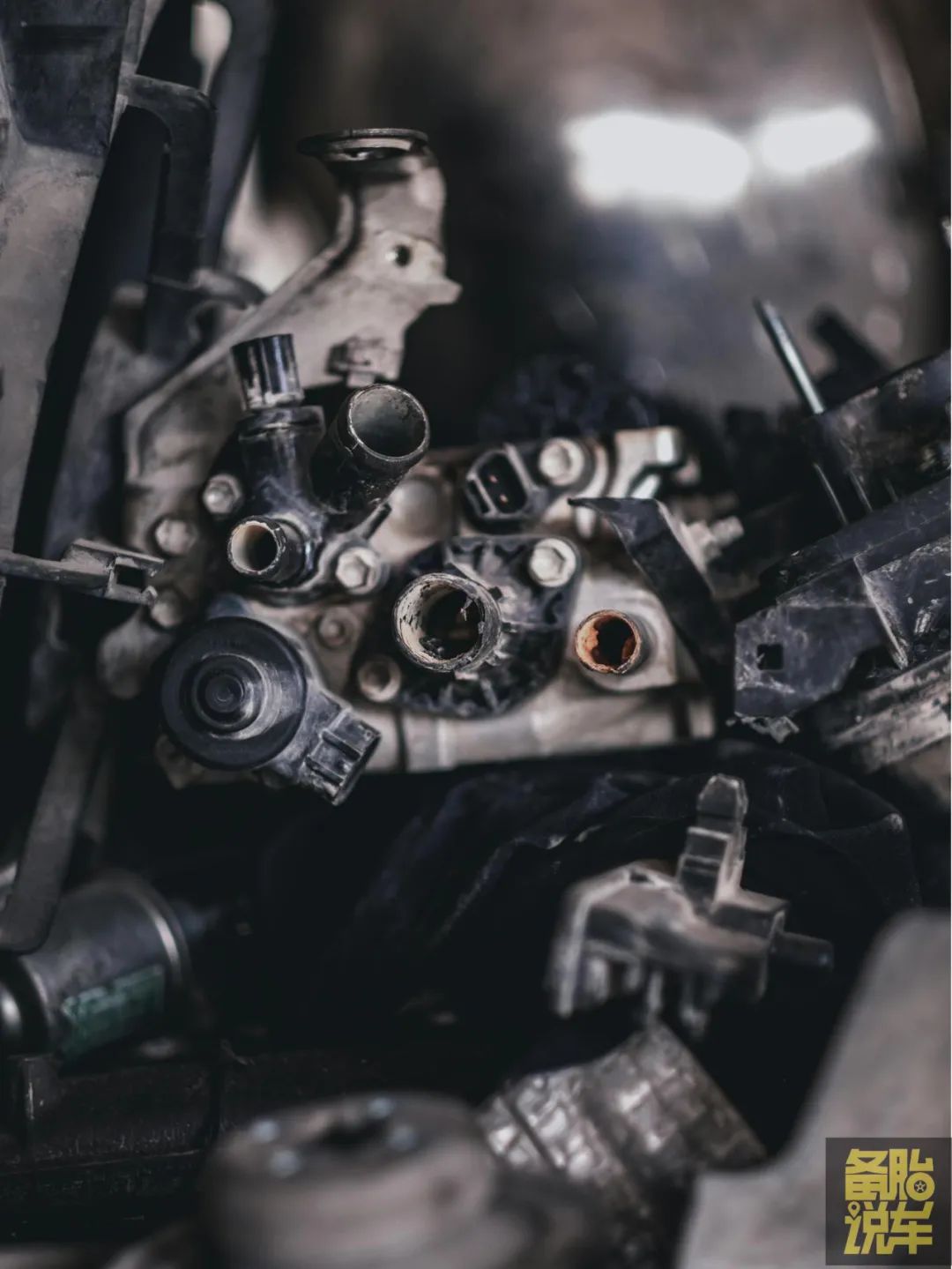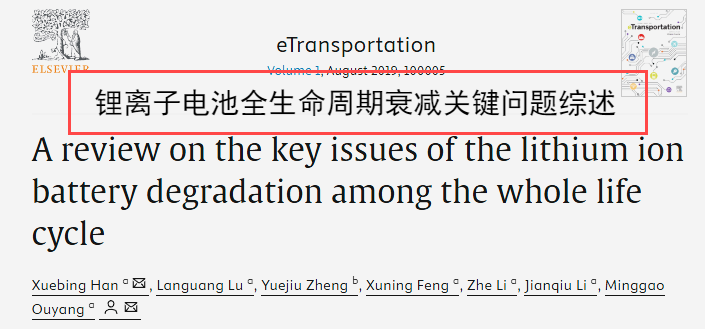“Today marks Day 3,926 of your journey with automotive knowledge—but are you accidentally shortening your car’s lifespan?”
Introduction
While most car owners focus on longevity, many unknowingly accelerate wear and tear through common habits. This guide reveals seven critical mistakes that harm both gas-powered and electric vehicles (EVs). By avoiding these pitfalls, you’ll save thousands in repairs and extend your car’s lifespan.

1. Revving a Cold Engine: The Silent Killer
Why It’s Harmful
Starting your car and immediately revving the engine to high RPMs causes metal parts to rub without proper lubrication. After parking, oil drains from critical components, leaving pistons and crankshafts vulnerable to dry friction—similar to rubbing hands without lotion.

Long-Term Consequences
- Metal fatigue: Repeated stress weakens engine parts.
- Engine seizure: Components fuse due to excessive heat.
- EV impact: Aggressive acceleration strains EV batteries and motors.
Pro Tip
Let your engine idle for 1–2 minutes after startup. Avoid hard acceleration until the temperature gauge reaches the normal range.
2. Changing Oil in Dusty Environments: A Recipe for Contamination
The Risks
Performing an oil change outdoors exposes your engine to airborne contaminants like sand and pollen. These particles act like sandpaper, grinding down engine components and causing:
- Sludge buildup: Clogs oil passages and reduces lubrication.
- Oxidative damage: Chemical reactions thicken oil, accelerating wear.

Best Practice
Change oil in a clean, enclosed space. Use synthetic oil with better contaminant resistance.
3. Cleaning Air Filters Without Replacement: False Economy
Why It Fails
Blowing compressed air to “clean” a filter damages its microporous structure, allowing larger particles to enter the engine. A new filter blocks 99.5% of particles ≥0.5 microns, while overcleaned filters degrade to 90% efficiency or worse.

Warning Signs
- Poor acceleration
- Reduced fuel economy
- Abnormal engine noises
Solution
Replace air filters every 12,000–15,000 miles. Avoid high-pressure air on disposable filters.
4. Storing EVs at Full Charge: Battery Sabotage
The Science
Lithium-ion batteries degrade faster when stored at 100% charge. High states of charge (SOC) stress the battery’s chemical structure, leading to:
- Lithium plating: Metallic deposits form on the anode.
- Electrolyte breakdown: Reduces battery capacity over time.

Storage Tips
Charge EVs to 50–80% before long-term storage. Avoid extreme temperatures (below 32°F or above 95°F).
5. Short-Trip Driving: The Hidden Battery Drainer
The Problem
Frequent short trips (under 10 miles) prevent the engine from reaching optimal temperature, causing:
- Oil contamination: Moisture and fuel byproducts accumulate.
- Battery strain: The alternator doesn’t fully recharge the battery.

Solutions
Combine errands into longer drives. Use a battery tender if short trips are unavoidable.
6. Neglecting Diesel Engine Maintenance: Carbon Buildup Crisis
The Issue
Diesel engines accumulate carbon deposits in fuel injectors and exhaust systems. Neglecting cleaning reduces efficiency and increases emissions. Regular use of fuel additives:
- Removes deposits
- Improves combustion
- Extends component life

7. Aggressive Driving Habits: Wear and Tear Accelerator
Key Offenders
- Hard braking/acceleration: Wears brake pads, tires, and transmission.
- Potholes and speed bumps: Damages suspension and exhaust systems.

Smoother Driving Tips
Maintain steady speeds. Anticipate stops to reduce wear. Avoid high-speed impacts with obstacles.
Conclusion
Avoiding these seven mistakes can save thousands in repair costs and keep your car running smoothly. Whether you drive a gas-powered vehicle or an EV, proactive maintenance and mindful driving are key to longevity.

Related Articles
- What Does “Engine Overhaul” Really Mean?
- EV Maintenance: What’s Different from Gas Cars?
- Why Mixing Engine Oil Brands Is Risky
- The Truth About Diesel Engine Cleaning Myths
*Stay informed and drive smarter!*
